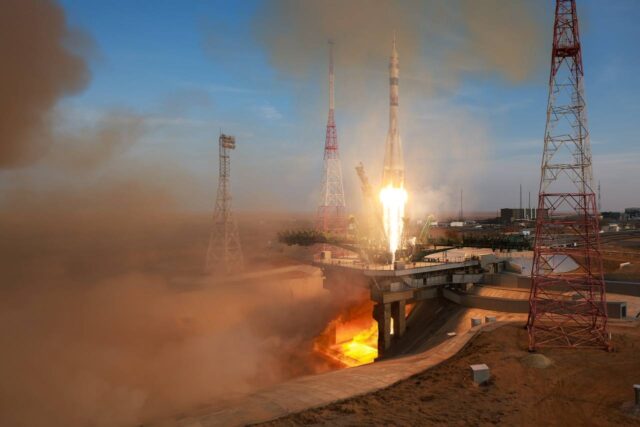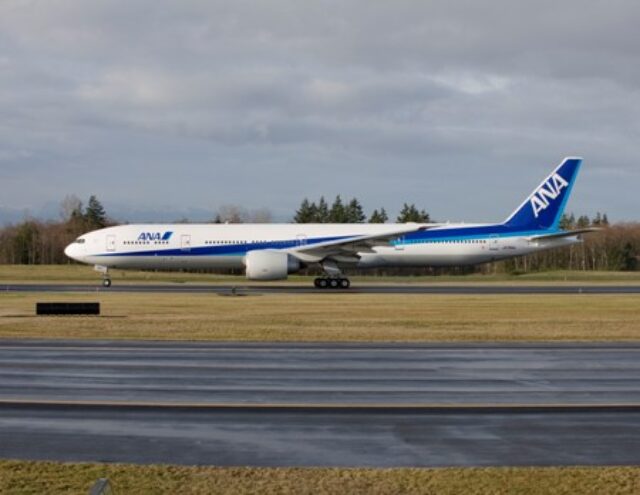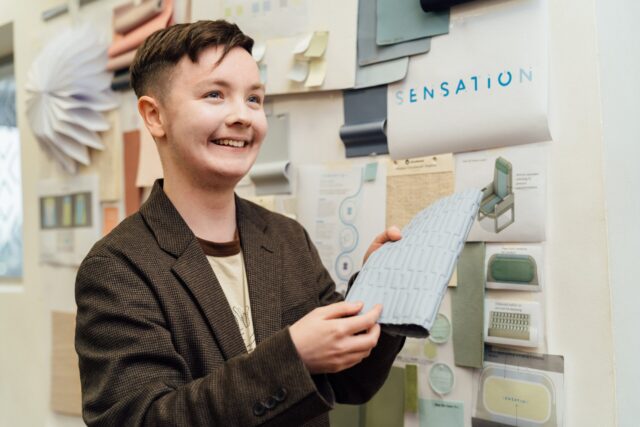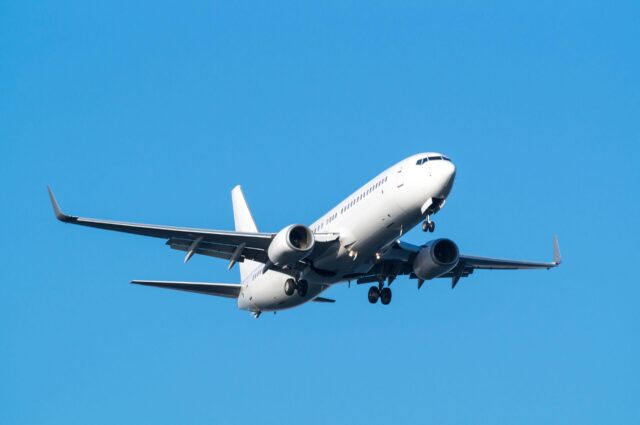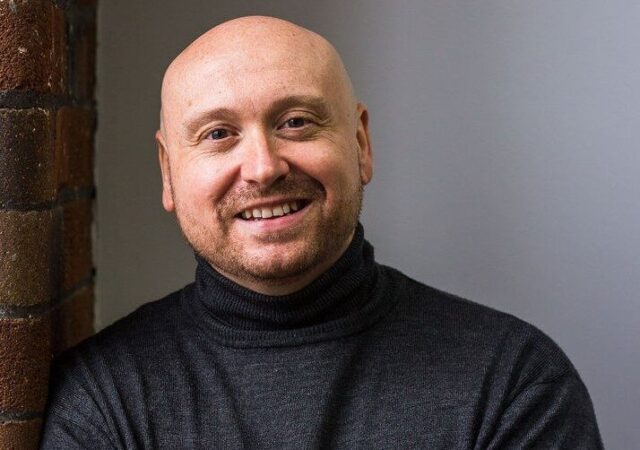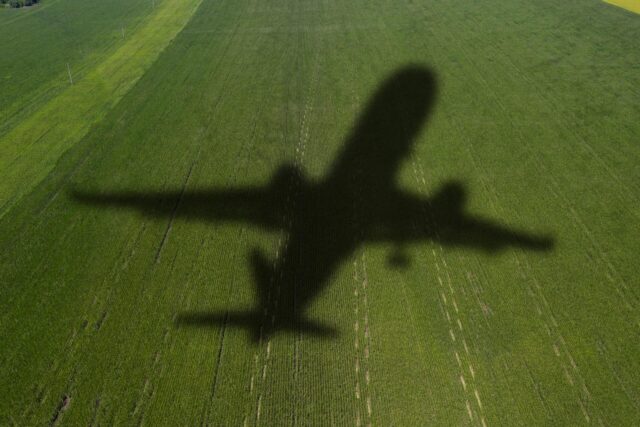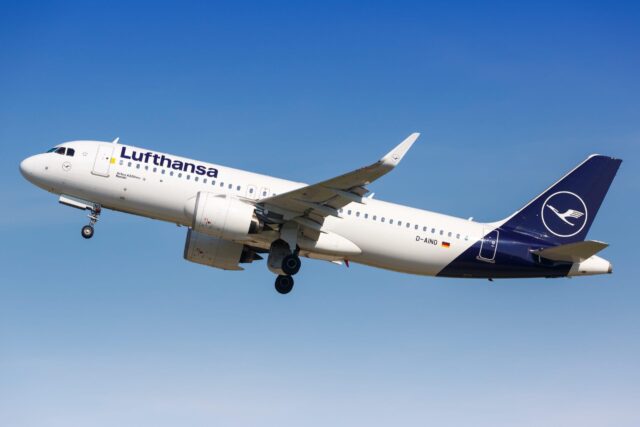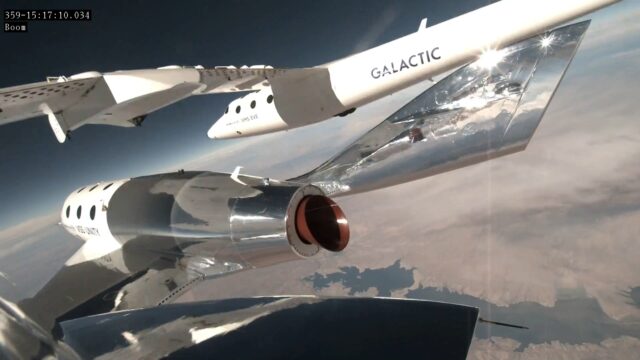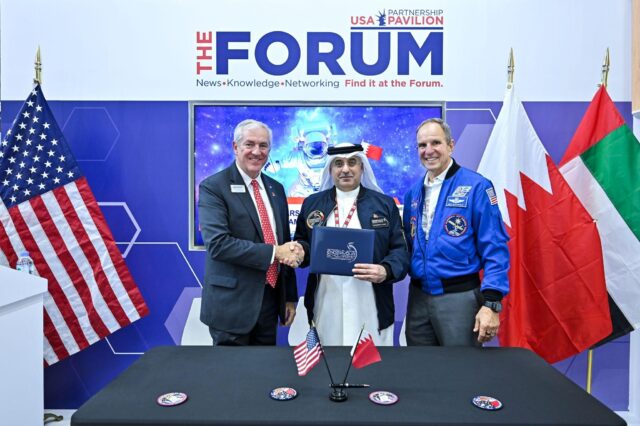Kerissa Khan: ‘You know you’re in the right job when it makes your heart beat faster’
Kerissa Khan was the first ethnic minority President and only the second female President of the Royal Aeronautical Society, the oldest in the world having been founded in 1866.
After a year in post, she handed over the Presidency in May, having started out with a Master of Engineering degree in Aeronautical Engineering following her education at Naparima Girls’ High School in Trinidad and Tobago.
A technical expert in complex and integrated aerospace systems and a thought-leader in sustainable future aviation, Khan is deeply embedded in socio-economic and market outlook studies and visionary transport solutions.
Khan spoke to FINN about her work with the Royal Aeronautical Society and her ambitions for the future.
Your year in post is now over. How has the handover been?
I was on a high finishing and feeling proud of everything I’ve accomplished over the past 12 months. But I’ve just been hit by the reality. This is closing a chapter. I don’t think I was emotionally ready. I’ve been looking at all the positives. When you step down it can be quite a transition. Normally it’s the end of your career. For me, I’ve more to do. It’s a defining moment but is something I would have aspired to at the end of my career. I’d have thought it was almost out of reach but to go for it. To achieve this at a young age, I’m encouraged to reach for more.
How did you come to discover flight and what’s kept you so engaged ever since?
I became fascinated with Concorde as a young girl. I was astounded by the idea there was this aircraft that could fly faster than the speed of sound and do something seemingly impossible. And there were people with the talent and skills to make that possible. That’s what got me hooked on the world of flight. I wanted to be one of those people. Today that dream is still very much alive. I get to be one of those visionaries by defining what the future of flight could look like and lead the technical and strategic direction. You know you’re in the right job when it makes your heart beat faster.
What’s your favourite memory of aviation and flying?
Flying with the Blades aerobatic team would have to be right up there! I will cherish that for a lifetime. As an engineer, I loved seeing the pilots push the aircraft and really show off what it’s been designed to do. Engineers are proud of the work and expertise that’s gone into designing an aircraft and when you can experience that for yourself you get all the emotions and senses. It’s a victory for an engineer and very fulfilling to experience.
The first aircraft I worked on designing was the Bombardier Global 7500. Knowing I was going to be on the next fastest, longest-range business jet, top of its game, was exciting. At the Singapore Air Show this year I was reunited with the jet in its full glory. Then to be able to step onto the beautiful aircraft was important to me. It was the aircraft that hooked me from the start of my career.
I’ve had the opportunity to work with thousands of students and young people around the world, showing them the joy of flying and engineering. Seeing the look on kids’ faces has been the most rewarding and most memorable aspect. During the President’s ‘Cool Aeronautics’ initiative targeting students from lower economic demographics, children were jumping on me! One woman later wrote to say her four-year-old daughter had pointed to a picture of me in a flight suit and then herself and said ‘me!’. She could see herself as me one day.

What are you most proud of after your year as RAeS President?
Being able to contribute to decision-making on the global stage has been incredible. For example, being part of shaping the agenda for Davos this year with the World Economic Forum, where what I’ve been working on was highlighted there. I sit on one of the Global Futures councils that advises on how we create a pathway for social and economic equity with future autonomous mobility. Being able to use my expertise at such a high level has been fantastic and something I hope to continue.
I’ve been able to deliver keynote addresses on important topics affecting our sector, including skill shortages and how we build a more resilient workforce, especially with the challenges we face across the world. To be able to lead such an important initiative for shaping the future of our sector has been good.
During my Presidency, highlighting the importance of an international community that is connected and collaborative to address issues we are facing such as meeting net zero targets has been rewarding. I’ve also tried to bring our RAeS community together. We’ve welcomed almost 4,000 new members as well, bringing in people with the skills from emerging and unconventional sectors.
What’s your best advice for anyone looking at what you’ve achieved and thinking they’d like to get into this industry?
I always acknowledge that everyone’s path is different and has different starting points. Regardless of that or your background and circumstances, you can achieve the dreams you’ve set for yourself. Setbacks are inevitable. But you learn so much in these moments and you need to learn how to use them as stepping stones. If you’re passionate about something then nurture it, invest in it and have faith in your unique talents and skillset. That’s what it’s going to take to have a powerful and enriching impact on this world.
Who is your all-time hero/heroine? What question would you ask them if you got to meet them?
My favourite aviator is Alberto Santos-Dumont – he thought outside the box. I visited his home in Brazil and everything he designed was very different. He was different in his thinking with everything. It takes diversity of thought and some courage to do something that is really out there. He is considered the forefather of aviation for Brazilians and had a tragic end to his life. But I’m so inspired by someone who thinks so differently from others and is brave enough to follow through. That’s the kind of thinking you need when you’re trying to explore new frontiers or do something ‘impossible’. I’d love a full conversation with him. He resonates because he had such passion for using flight to do something different – helping people. When he died, he saw flight being used in ways he didn’t think were helpful. Using your skills and talents and pushing boundaries to make a difference is where the conversation would go.
What inspires you most about this sector and the people in it?
It’s the ingenuity of the people. I chair meetings and discussions and continue to be inspired by leading thinkers but also young people who are passionate to make a difference and have the integrity to do it. I’m always so curious to know more. I’m inspired this sector is one of the first to act to address climate change with aggressive measures and ambitions and we’re holding ourselves accountable for it. It’s inspiring to know there is a social and moral obligation.
What are your ambitions? Where do you want to go with this?
I want to wake up every day and do what I love. To be embedded in an industry that makes my heart beat faster. To be at the cutting edge of innovation and flight and doing something new but going back to that childhood dream of making the impossible, possible. And using those technologies to make people’s lives easier and create pathways for equity. This is an area I want to continue to lead in as a decision-maker. I will be continuing my work with WEF and I see my career continuing with aerospace, aviation or space. There’s so much these sectors give to our social and economic future.
What does success look like? How will you know when you’ve got there?
To wake up every morning and be eager to do something I love and that is making a difference.
Subscribe to the FINN weekly newsletter


